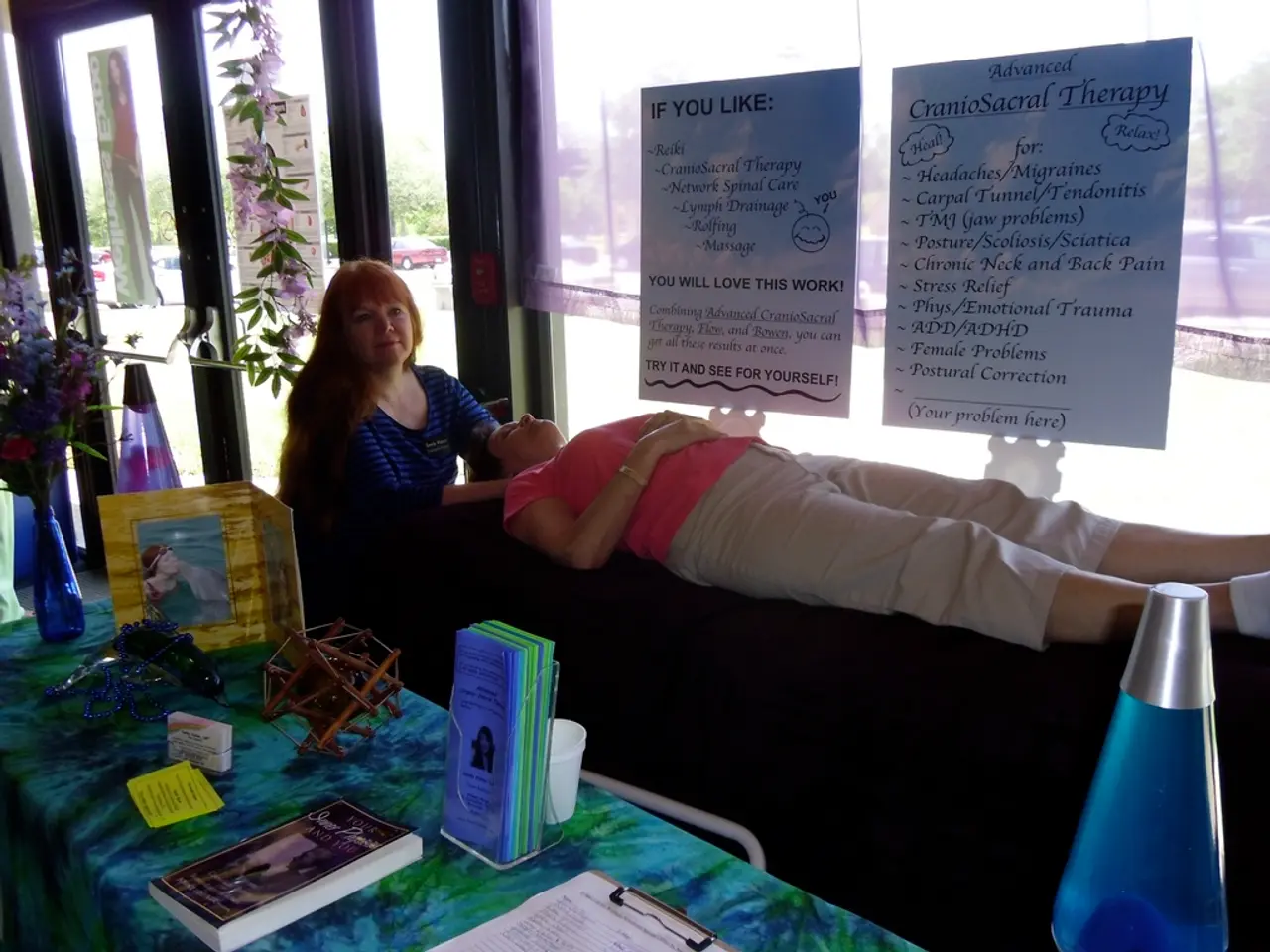Possible causes for lower back and hip pain include strained muscles, herniated discs, arthritis, or sciatica. See a physician for a proper diagnosis and treatment options.
Lower back and hip pain are common complaints that can significantly impact daily activities and quality of life. This article aims to shed light on the causes, symptoms, and treatment options for these conditions.
## Common Causes
The causes of lower back and hip pain are diverse and can range from muscle strains and herniated discs to more complex conditions like osteoarthritis and sacroiliac joint dysfunction. Other factors such as stress, poor posture, hormonal changes, and certain medical conditions may also contribute to pain in these areas.
## Common Symptoms
Symptoms often include aching or sharp pain in the lower back and hips, stiffness, and reduced mobility. Some individuals may experience radiating pain down the legs, tingling or numbness, swelling, or tenderness.
## Treatment Options
Treatment for lower back and hip pain is personalised and depends on the underlying cause. Options may include physical therapy, pain medication, rest and activity modification, chiropractic or manual therapy, injections, and lifestyle modifications. In severe cases, surgery may be considered, but is typically a last resort.
## Specific Conditions
- **Arthritis in the back and hips:** This causes joint stiffness, pain, weakness in the legs and hips, and interferes with everyday activities. Early treatment can help improve the outlook for a person with back and hip pain, as without treatment, some causes of the pain can get worse and may ultimately affect a person's mobility and quality of life. - **Paget's disease:** This condition causes a person's bones to remodel abnormally, leading to bone softening and increasing the risk of bone pain and fractures. Treatment involves medications to reduce the likelihood of bones breaking and, in rare cases, surgery to repair bones and restore alignment. - **SI joint dysfunction:** This condition involves inflammation or misalignment in the SI joint, causing sharp pain in the lower back and hips. Treatment options include NSAIDs, physical therapy exercises, stretching, ice application, steroid injections, and in rare instances, surgery to fuse the joints. - **Ankylosing spondylitis:** This form of arthritis primarily affects the spine, causing chronic inflammation in the spinal joints. Treatment includes prescription medications, lifestyle measures like regular physical activity, icing affected areas, and not smoking.
## When to Seek Medical Attention
If a person experiences lower back and hip pain alongside loss of bowel and bladder function, inability to move one or both legs, loss of sensation in one or both legs, visible deformity in the legs or back, or inability to stand up straight, they should seek emergency attention.
Prompt evaluation and personalised treatment are key to managing lower back and hip pain effectively and preventing long-term complications. If a person experiences less severe symptoms that do not improve with rest and over-the-counter treatments, they should make an appointment with their doctor.
- Multiple factors can lead to lower back and hip pain, including muscle strains, herniated discs, and osteoarthritis.
- Stress, poor posture, hormonal changes, and certain medical conditions may contribute to pain in the lower back and hips.
- Symptoms of lower back and hip pain often include aching or sharp pain, stiffness, and reduced mobility.
- Some individuals may experience radiating pain down the legs, tingling or numbness, swelling, or tenderness.
- Treatment options for lower back and hip pain are personalized and depend on the underlying cause.
- Physical therapy, pain medication, rest, activity modification, chiropractic or manual therapy, injections, and lifestyle modifications are potential treatment options.
- In severe cases, surgery may be considered as a last resort.
- Arthritis in the back and hips causes joint stiffness, pain, weakness, and interferes with everyday activities.
- Early treatment of back and hip pain can help improve a person's mobility and quality of life.
- Paget's disease causes a person's bones to remodel abnormally, leading to bone softening, pain, and the increased risk of fractures.
- Treatment for Paget's disease involves medications to reduce the likelihood of bones breaking and, in rare cases, surgery to repair bones and restore alignment.
- SI joint dysfunction causes sharp pain in the lower back and hips due to inflammation or misalignment in the SI joint.
- NSAIDs, physical therapy exercises, stretching, ice application, steroid injections, and in rare instances, surgery to fuse the joints are treatment options for SI joint dysfunction.
- Ankylosing spondylitis is a form of arthritis that primarily affects the spine, causing chronic inflammation in the spinal joints.
- Treatment for ankylosing spondylitis includes prescription medications, regular physical activity, icing affected areas, and not smoking.
- If a person experiences loss of bowel and bladder function, inability to move legs, loss of sensation in legs, visible deformity, or inability to stand up straight, they should seek emergency attention.
- Prompt evaluation and personalized treatment are key to managing lower back and hip pain effectively and preventing long-term complications.
- If a person experiences less severe symptoms that do not improve with rest and over-the-counter treatments, they should make an appointment with their doctor.
- The NASC Hotline provides resources and support for people with ankylosing spondylitis.
- Medications used to treat ankylosing spondylitis can reduce inflammation and slow joint damage.
- Early identification and treatment of ankylosing spondylitis can help prevent long-term damage and complications.
- Research is ongoing for the development of better therapies and treatments for ankylosing spondylitis.
- Treatment options for colitis include a combination of medications, diet changes, and lifestyle modifications.
- Crohn's disease and ulcerative colitis are inflammatory bowel diseases that can cause chronic diarrhea, abdominal pain, and weight loss.
- Multiple sclerosis is a neurological disorder that affects the brain and spinal cord, causing symptoms such as vision loss, balance problems, and fatigue.
- Symptoms of mental health conditions such as bipolar disorder and depression can include mood swings, changes in sleep patterns, and loss of interest in activities.




